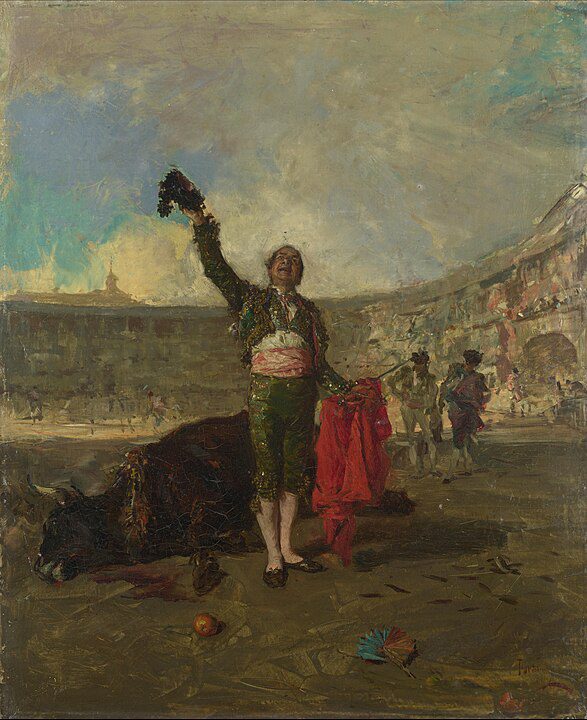
Marià Fortuny, a Spanish painter and etcher, was born on June 11, 1838, in Reus, Catalonia. Renowned for his exceptional technical skill and versatility, Fortuny played a pivotal role in the art world during the second half of the 19th century. His career unfolded against a backdrop of artistic experimentation, marked by the transition from academic traditions to emerging avant-garde movements.
Fortuny’s artistic talents manifested early, and he began his formal training at the Royal Academy of Fine Arts of San Carlos in Valencia at the age of fourteen. His academic studies laid the groundwork for his future success, and he quickly gained recognition for his remarkable abilities in drawing and painting. In 1857, Fortuny moved to Rome, a center of artistic and cultural activity, to further his education and immerse himself in the vibrant art scene.
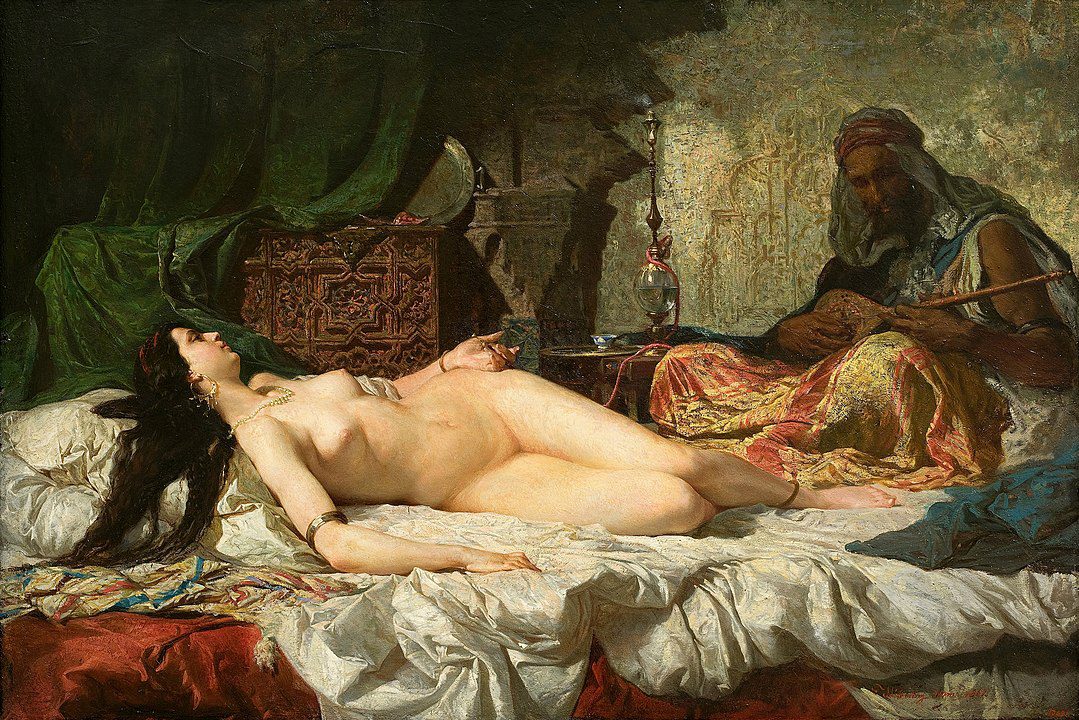
The artistic atmosphere of Rome had a profound impact on Fortuny, exposing him to diverse influences ranging from Renaissance art to the vibrant color palette of the Venetian painters. During his time in Italy, Fortuny developed a penchant for genre scenes, historical subjects, and Orientalist themes that would characterize much of his later work.
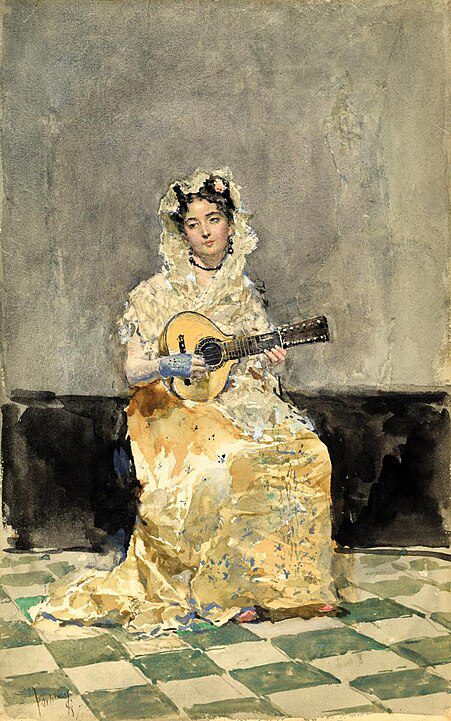
Fortuny’s ability to capture the nuances of light, texture, and atmosphere set him apart as a master of realism. His keen observation skills and meticulous technique were evident in paintings like “The Choice of a Model” (1868), where he portrayed the interplay of light and shadow with exceptional precision. This attention to detail became a hallmark of Fortuny’s style, earning him admiration and acclaim.
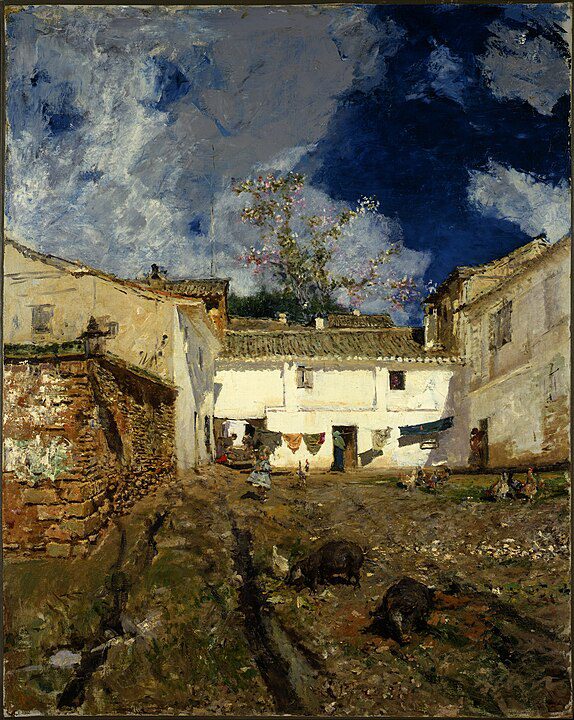
In 1860, Fortuny visited Morocco, an experience that profoundly influenced his artistic vision. The vibrant colors, intricate patterns, and exotic atmosphere of North Africa became recurring motifs in his paintings. Fortuny’s Orientalist works, such as “The Snake Charmer” (1874) and “A Moorish Wedding” (1870), conveyed a fascination with the exotic and a meticulous rendering of cultural and architectural details.
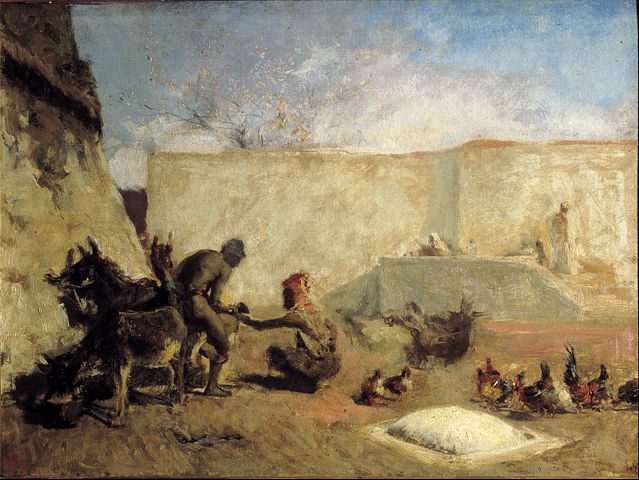
Fortuny’s artistic versatility extended to different mediums. In addition to his paintings, he excelled in etching, producing a series of prints that demonstrated his technical skill and innovation in printmaking. His etchings, including the “Tauromaquia” series inspired by bullfighting, showcased his ability to capture movement and drama in a medium distinct from his paintings.
International success
The artist’s reputation transcended national borders, and he achieved international success, particularly in France, where he exhibited at the Paris Salon. Fortuny’s painting “The Spanish Wedding” (1870) earned him a gold medal at the Exposition Universelle in Paris, solidifying his status as a leading figure in the European art scene.
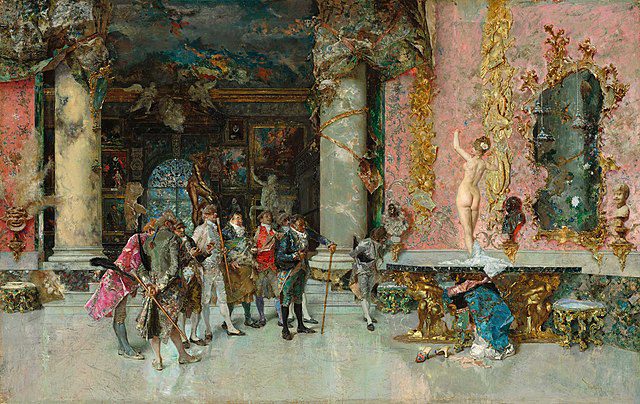
Fortuny’s career reached new heights in the 1870s, and he enjoyed patronage from prominent collectors and royalty. His studio in Rome became a gathering place for artists, intellectuals, and art enthusiasts. The artist’s flair for the dramatic and his ability to create visually arresting scenes contributed to the allure of his works.
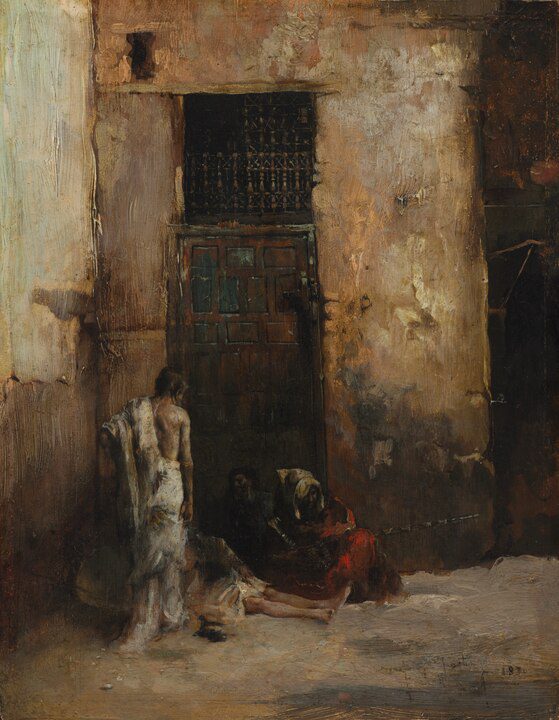
In 1874, Fortuny moved to Granada, drawn to the city’s Moorish architecture and rich cultural heritage. The change in scenery inspired a new phase in his artistic exploration. Paintings such as “The Almeh” (1876) and “The Spanish Singer” (1879) reflected his continued fascination with exotic subjects and his mastery in capturing the vibrancy of different cultures.
The monster named malaria
Tragically, Marià Fortuny’s prolific career was cut short when he succumbed to malaria at the age of 36 in Rome on November 21, 1874. Despite his relatively brief life, his impact on the art world endured. Fortuny’s legacy influenced subsequent generations of artists, and his innovative approach to composition, use of color, and engagement with diverse themes left an indelible mark on 19th-century European art.
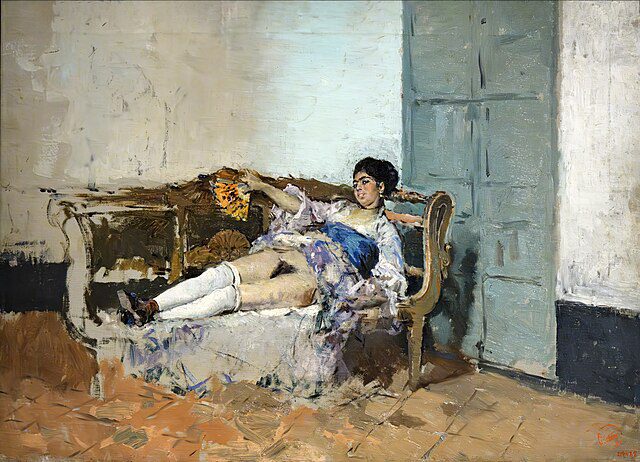
The breadth of Marià Fortuny’s artistic output, ranging from Orientalist scenes to historical and genre paintings, showcased his ability to navigate diverse subject matter while maintaining a distinctive and recognizable style. His legacy continues to be celebrated, with his works displayed in major museums and institutions, ensuring that his contributions to art history’s rich tapestry remain acknowledged and admired.




